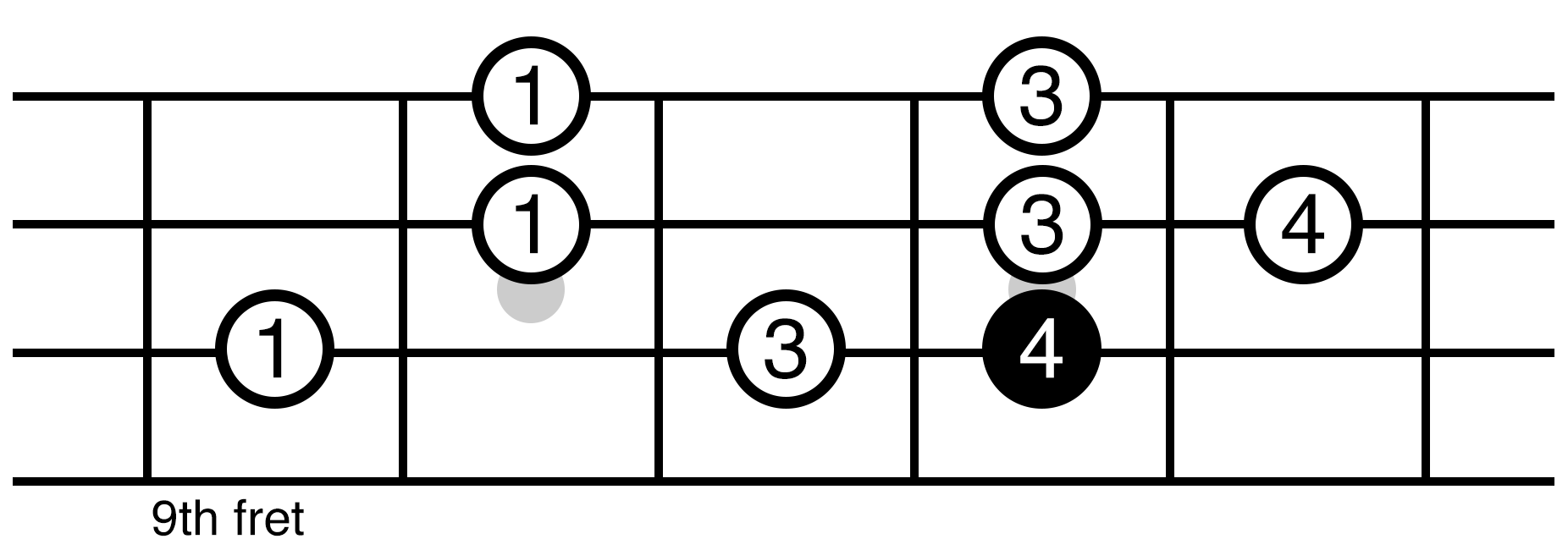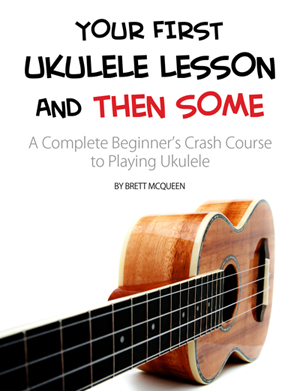Learning the notes of the ukulele fretboard takes a lot of discipline and effort, but it’s nothing you can’t accomplish!
In this lesson, you learn the fifth and final position of the C major scale on the ukulele fretboard.
So far we’ve looked at C major scale in four other positions:
- C Major Scale Position #1
- C Major Scale Position #2
- C Major Scale Position #3
- C Major Scale Position #4
You’ll want to learn the other positions first before learning this last position.
Upon completing this lesson, you’ll know the natural notes of the ukulele fretboard (A, B, C, D, E, F, G) and where to find them. With this knowledge, you can eventually go on to learning other scales in other keys, playing solos, finding melodies, coming up with riffs, and more. But first, it all starts with learning and memorizing these C major scale positions.
Learn this fifth and final C major scale position now!
Watch the video to learn the C major scale in position #5 on ukulele and keep reading to discover the scale diagrams and notes in the position.
How to Play a C Major Scale in Position #5 on Ukulele
Let’s first review the other positions you’ve learned:
- In the first position, you started and ended the scale on a C note – the root note of a C major scale.
- In the second position, you started and ended the scale on a D note – the second scale degree of a C major scale.
- In the third position, you started and ended the scale on an F note – the fourth scale degree of a C major scale.
- In the fourth position, you started and ended the scale on a G note – the fifth scale degree of a C major scale.
In this fifth and final position, you start and end the scale on an A note – the sixth scale degree of a C major scale.
This means even though this scale position starts and ends on an A note, it’s still a C major scale position because it contains all the notes of a C major scale (C, D, E, F, G, A, B).

C Major Scale Position #5 sheet music and ukulele tab
Note: If you’re a keen student, you might notice that the above scale position is also known as A natural minor – the relative minor key to C major.
C major scale in position #5 is trickier than the other positions in that it spans the 9th to 13th frets.
This means if you have a smaller sized ukulele like a soprano or concert you might run out of room for your fingers on these frets! Not to worry because that’s to be expected – just do your best. I find that this fifth scale position is easiest played on a tenor ukulele.
Pay close to attention to the fretboard scale diagram below to where you assign the fingers of the fretting hand to fret the notes of the scale. The number 1 indicates the index finger, number 2 the middle finger, number 3 the ring finger, and number 4 the little finger.

C Major Scale Position #5 ukulele fretboard diagram
Make a note where the root note of the scale is located – the C note on the 12th fret of the C-string.
Here’s Where You’re Headed Next
With that, you’ve learned the final C major scale position on the ukulele fretboard!
Give yourself a nice pat on the back for all your effort.
If you’ve followed along with me for this C major scale lesson series, then, you’ve successfully learned the natural notes of the ukulele fretboard. Natural notes are the letter notes indicated by the first seven letters of the alphabet A, B, C, D, E, F, G. Now that you know these notes, it’s possible to learn scales in other keys with sharps and flats as well as learn melodies, riffs, and solos.
Learning scales takes hard work and practice to commit all the positions to memory, but what you often find is that from this foundation, these scale positions will “repeat” themselves in other ways, meaning, the hard work and effort you put into learning these positions only helps you as you progress forward.
More on that later.
Until next time, keep up the great work!

